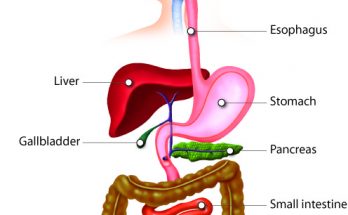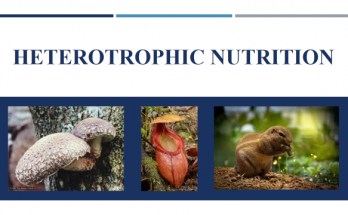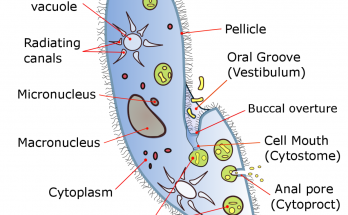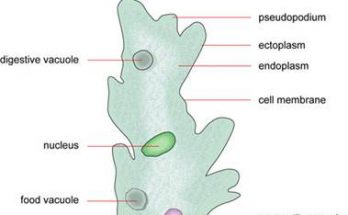Autotrophic Nutrition – Significance ,Types, Organisms and Examples
Autotrophic nutrition, including photosynthesis and chemosynthesis, is of great significance for sustaining life on Earth. Autotrophs, such as plants, algae, and chemosynthetic bacteria, synthesise their own food. They play a vital role as producers, fixing carbon dioxide and forming the foundation of energy pyramids and food chains. Autotrophs fuel the development of ecosystems and provide essential nourishment for heterotrophs.
Autotrophic Nutrition – Significance ,Types, Organisms and Examples Read More







